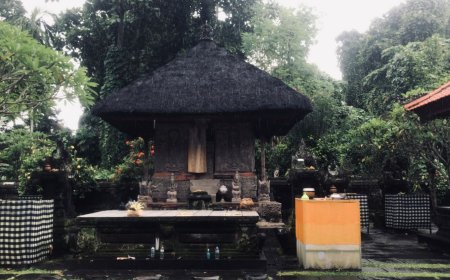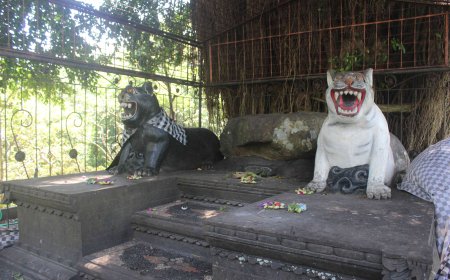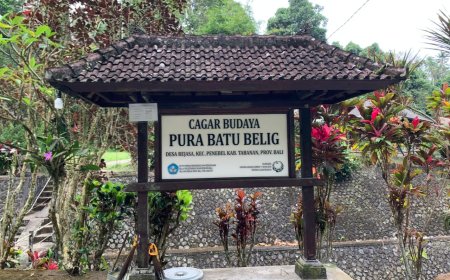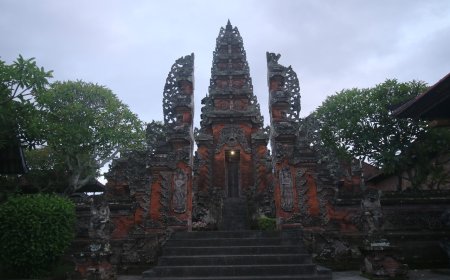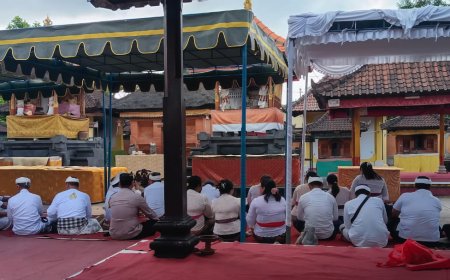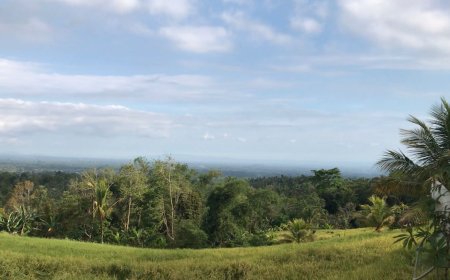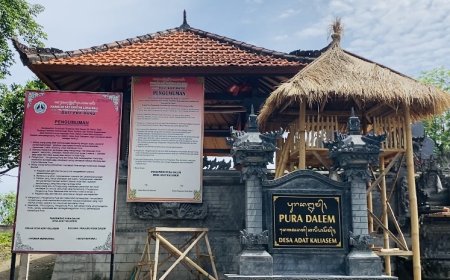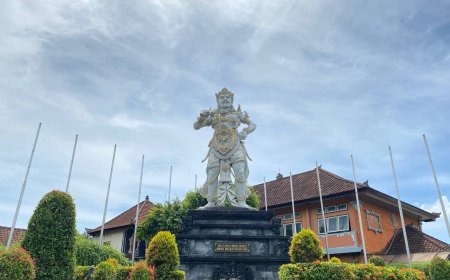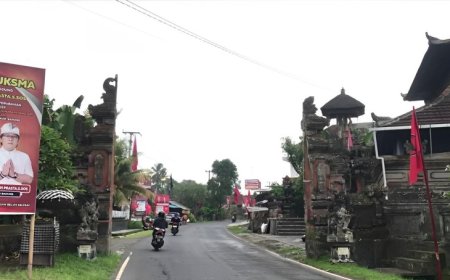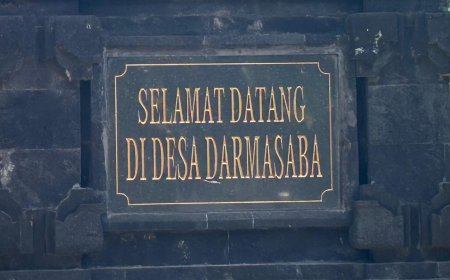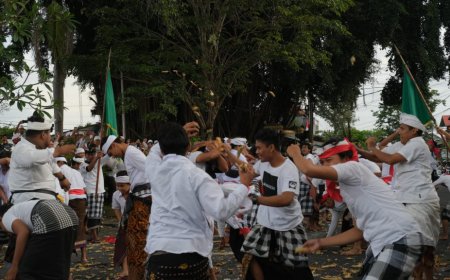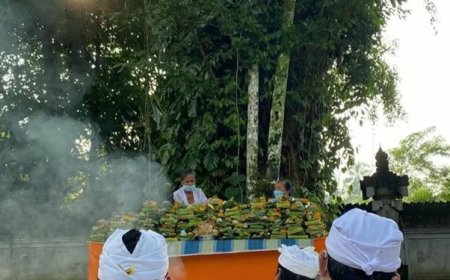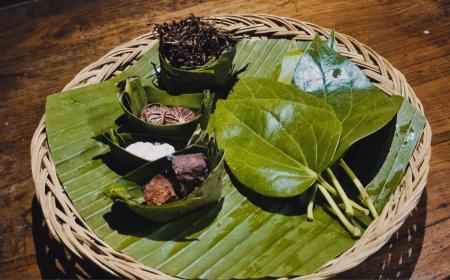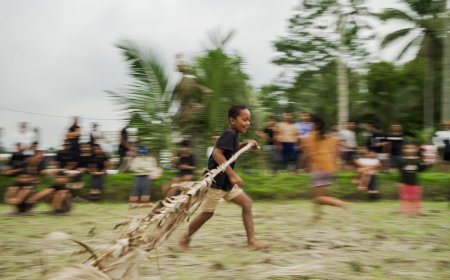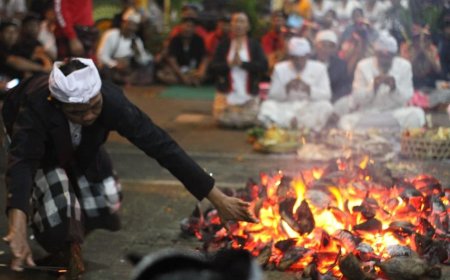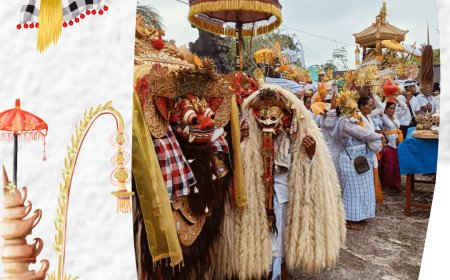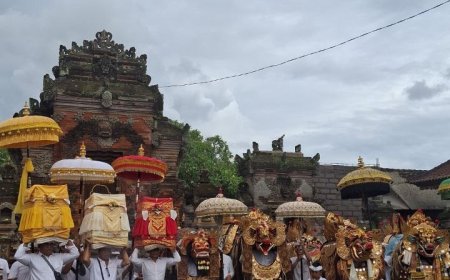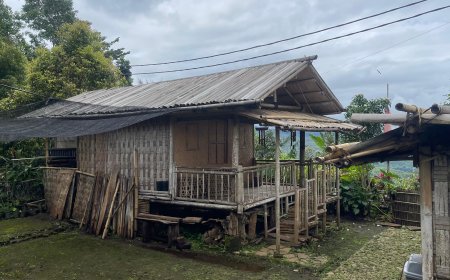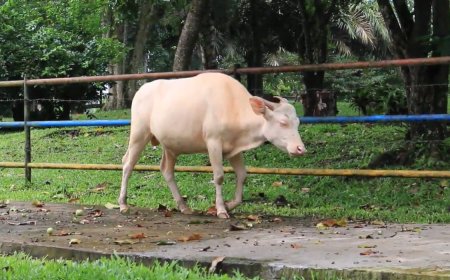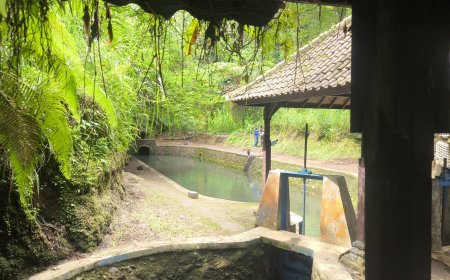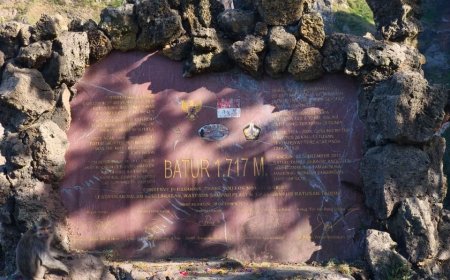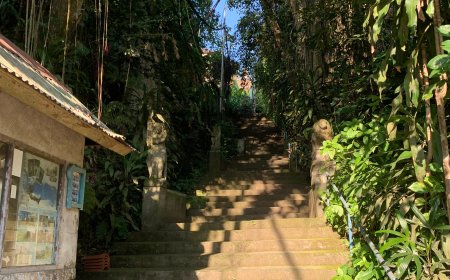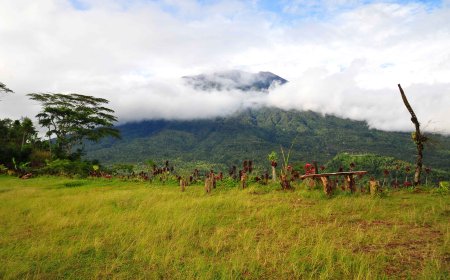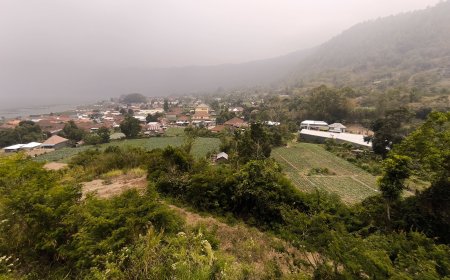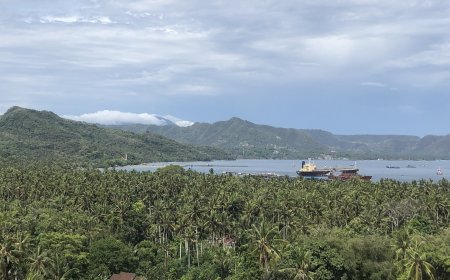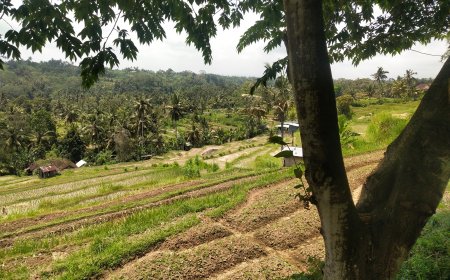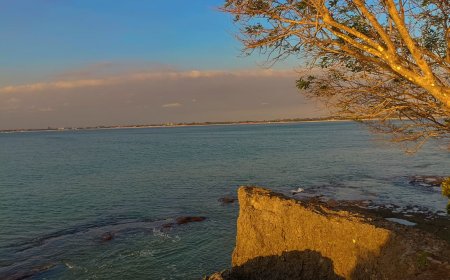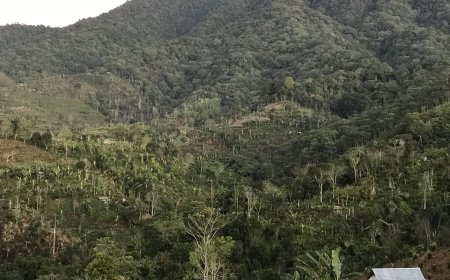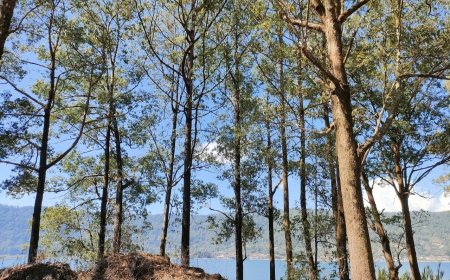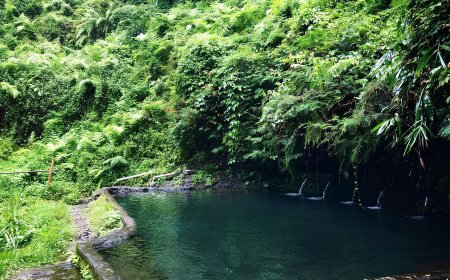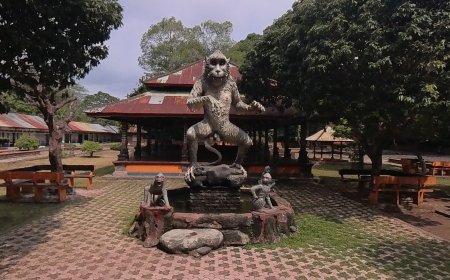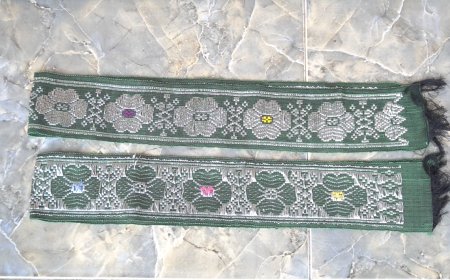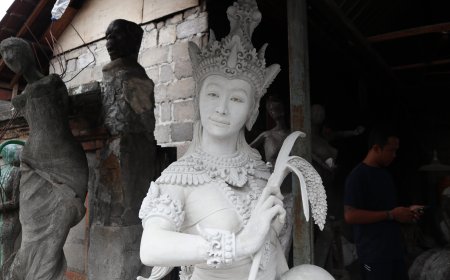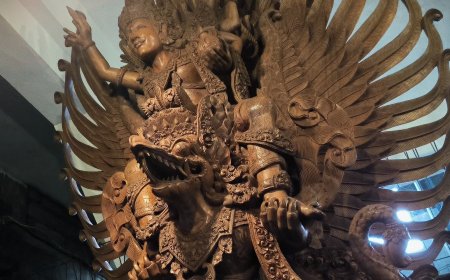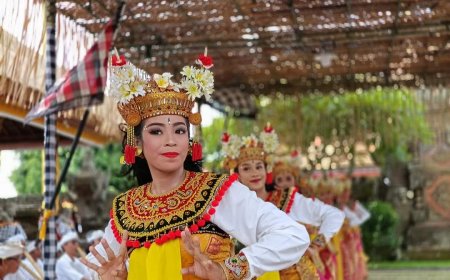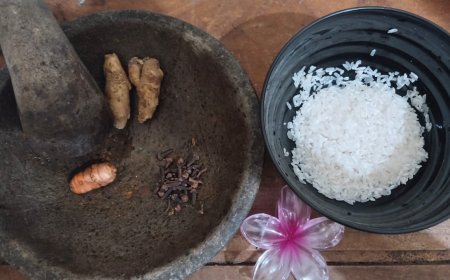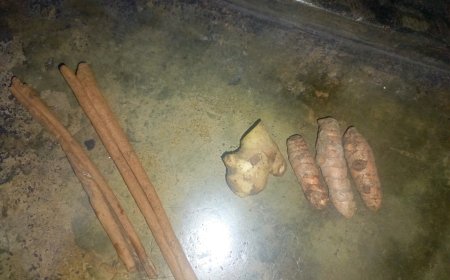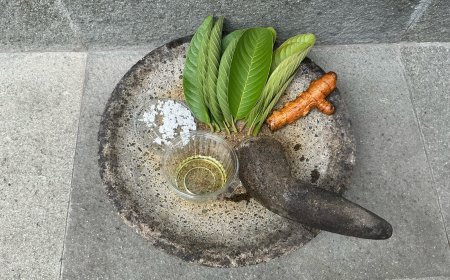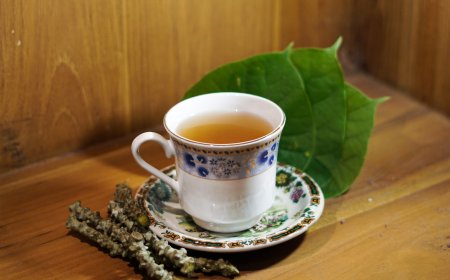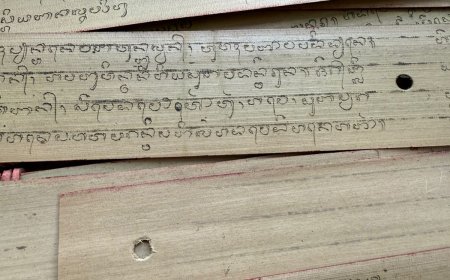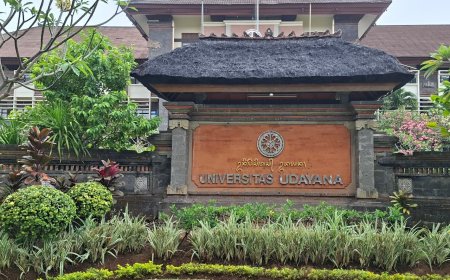Not Just Jokes! Wewangsalan, Bali’s Slang Full of Humor and Sharp Criticism
Wewangsalan is a traditional Balinese form of wordplay that combines humor, metaphor, and layered meanings. Although it often sounds like simple jokes, it carries deeper functions as a medium for social critique and cultural expression. Still popular among both young and old, wewangsalan appears in daily conversations, traditional ceremonies, performing arts, and even on digital platforms. Its survival is ensured by the creativity of younger generations and the efforts of educators and artists, who keep adapting it to modern contexts. Ultimately, wewangsalan proves to be more than entertainment it’s a mirror of Balinese intelligence, humor, and cultural resilience.
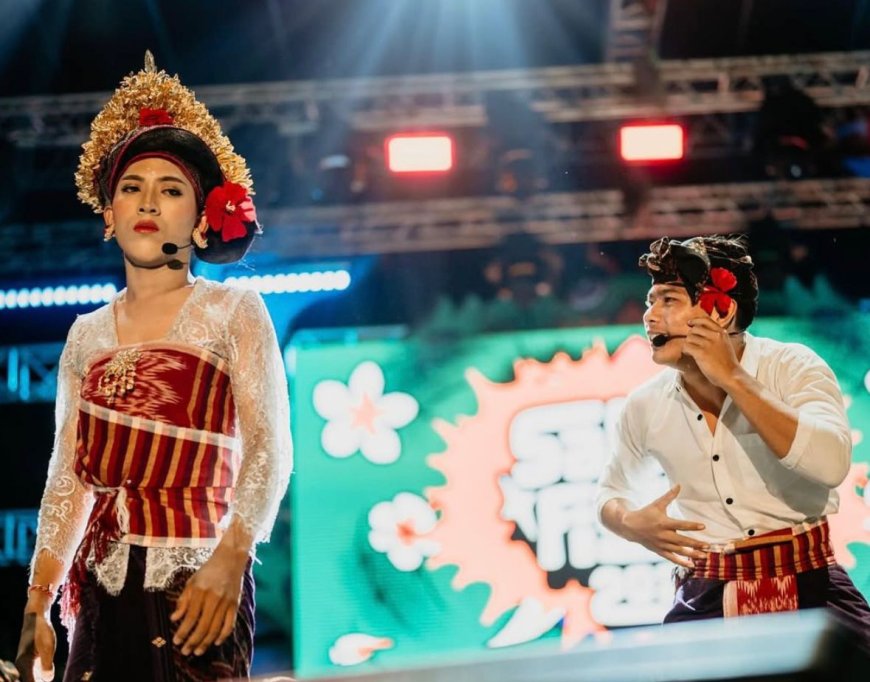
Balinese language and literature never lose their charm, one of which can be found in wewangsalan. At first glance, this form of expression seems like lighthearted jokes, but behind the humor lies deep meaning, full of satire and even sharp social criticism. No wonder wewangsalan is still alive today, especially in the everyday conversations of Balinese society.
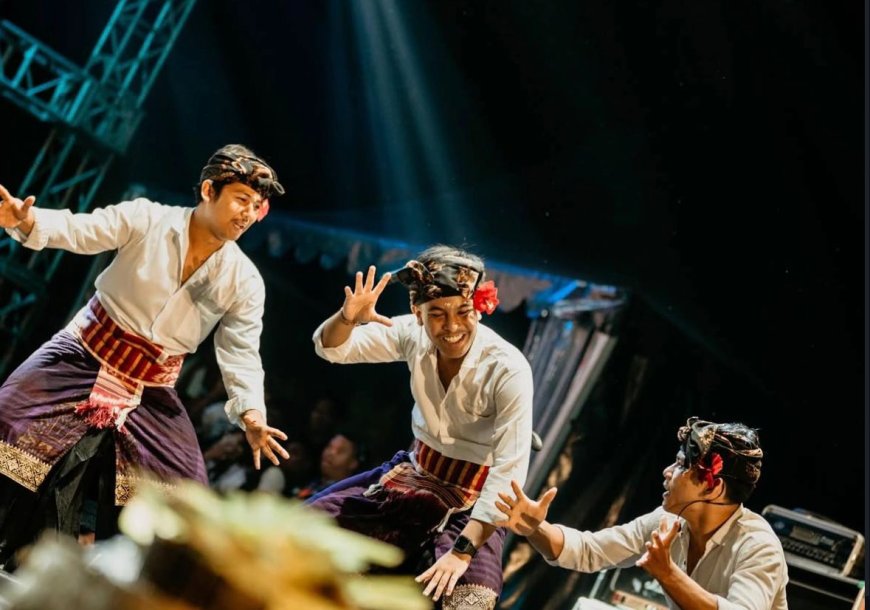
Humorous Expressions of the Young Generation on the Balinese Art Stage (Photo Source: Personal Collection)
Wewangsalan is a unique Balinese expression that blends wordplay, metaphors, and humor. It often takes the form of riddles or sentences with layered meanings. For the Balinese, wewangsalan is not just entertainment, but also a reflection of linguistic intelligence. Mastering it shows one’s sensitivity in communication and understanding of cultural symbols.
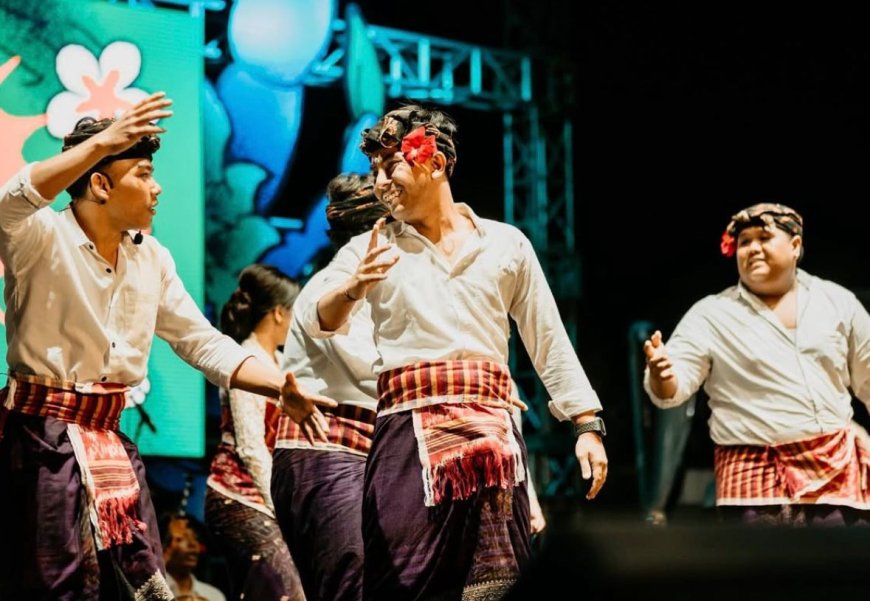
Laughter Together as Bali’s Cultural Strength in Preserving Unity (Photo Source: Personal Collection)
Wewangsalan thrives across all layers of society. From young people who use it as part of modern slang, to elders who weave it naturally into daily conversations and traditional activities. On stage, it frequently appears in dramas, comedy acts, and traditional performances, making it easily relatable to a wide audience.
To make it easier to understand, here are some examples of wewangsalan commonly used in everyday conversation by the Balinese people:
“Ada tengeh masui kaput, Ada keneh memunyi takut”
Meaning: There are feelings, but fear of speaking up.
“Be lele mewadah kau, Suba jele mara tau”
Meaning: Only realising after committing a bad deed.
“Bedeg majemuh bangsing di banjar, Jegeg buin lemuh langsing banjar”
Meaning: Already beautiful, graceful, slim, and tall
“Baju gadang potongan gantut, Tuyuh megadang tuara maan entut”
Meaning: Tired from staying up late and getting nothing
“Buangit kali gangsa, Megae lengit ngamah gasa”
Meaning: Lazy to work, but often eats
“Clebingkah beten biu, Gumi linggah ajak liu”
Meaning: The world is filled with many people
For Balinese people, wewangsalan is more than amusement. It serves as a subtle tool of social critique, where messages are delivered in a humorous way. When someone uses wewangsalan to make a point, the listener does not feel directly attacked but is instead invited to laugh while reflecting. This uniqueness makes it remain relevant, even in the era of digital communication.
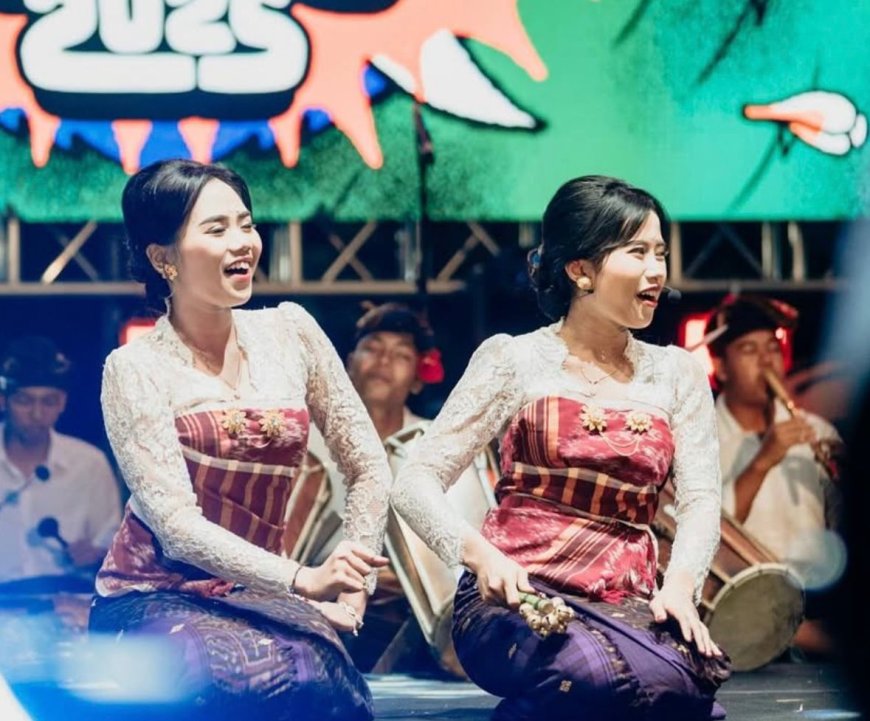
Humorous Expressions and Satire in Balinese Wewangsalan Performances as a Reflection of Subtle Social Criticism (Photo Source: Personal Collection)
The endurance of wewangsalan lies in the creativity of younger generations. They often modify its classic form into something more contemporary, sometimes mixing it with popular slang. Educators and artists also play a crucial role in ensuring that wewangsalan continues to be taught and performed. As a result, it not only survives but also evolves with the times.
